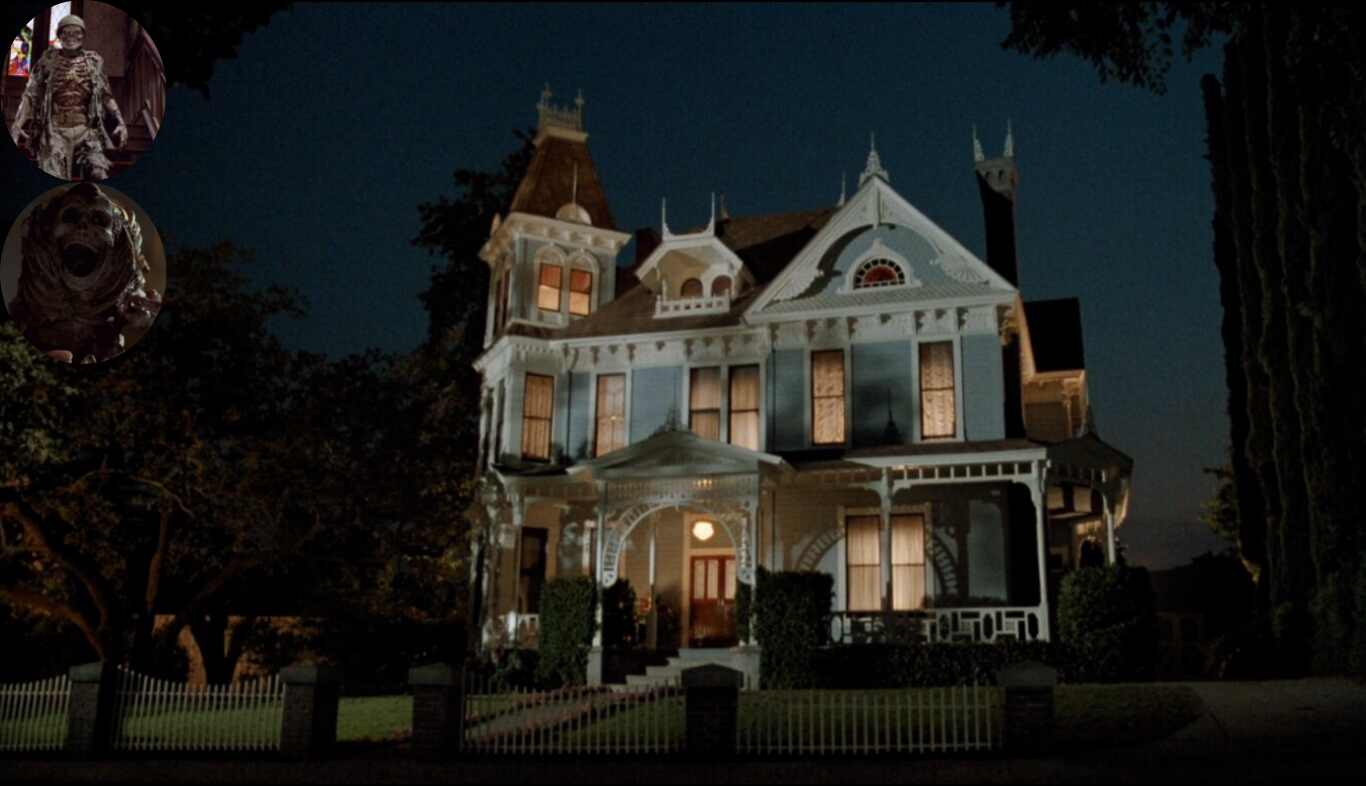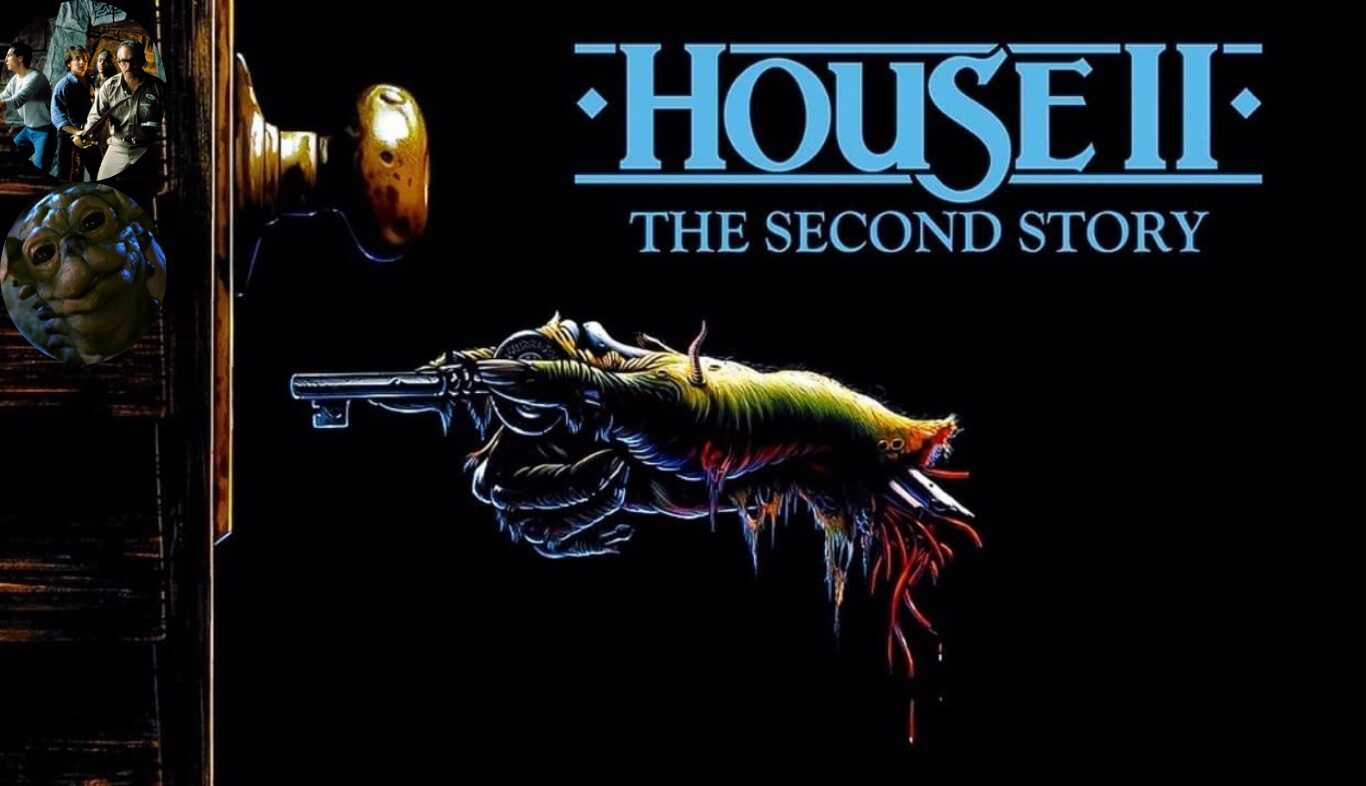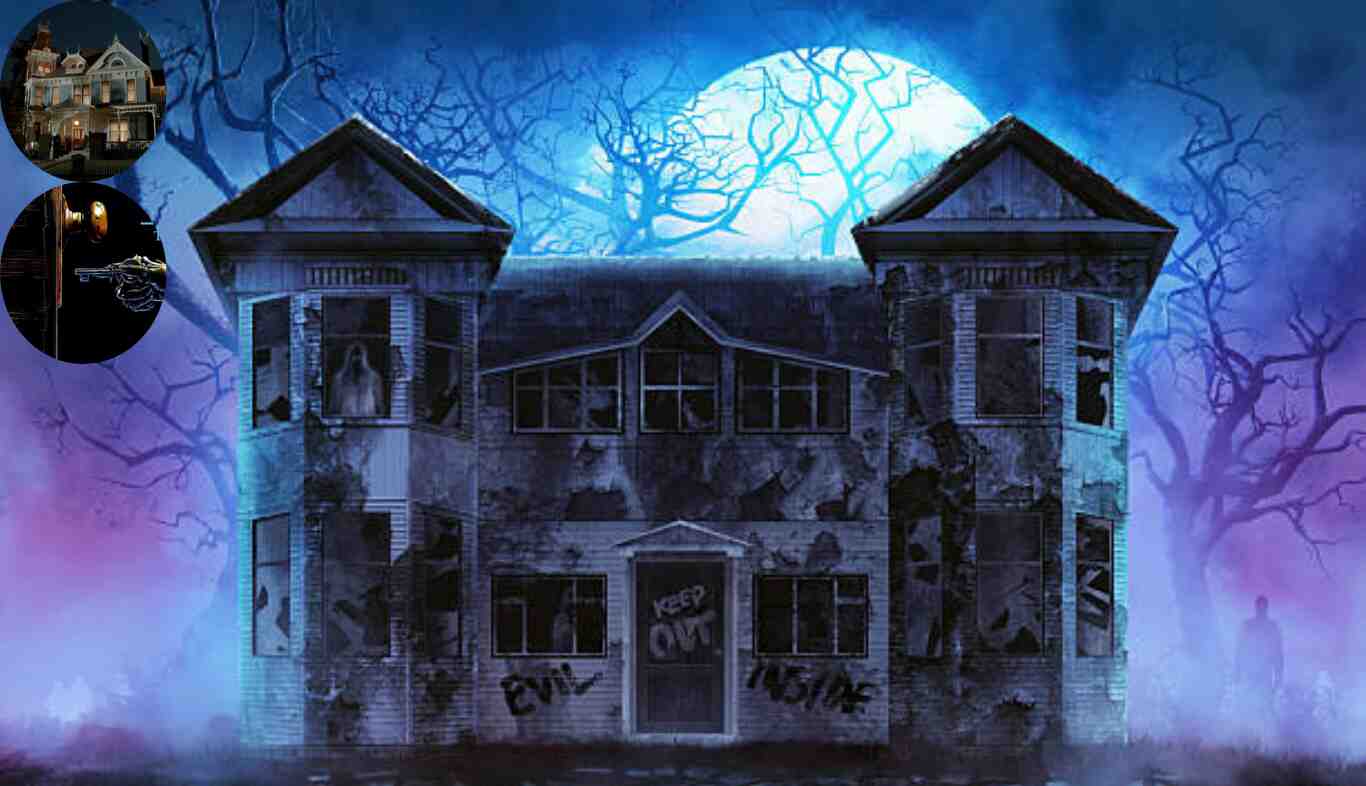The House film series is a beloved staple of horror-comedy fans. So it’s little wonder the 1986 classic House spawned a follow-up in 1987, “House II: The Second Story” with its magical combination of supernatural scares and quirky humor. But that also leaves an interesting question for fans and movie fans alike: Is House 2 really a sequel to House?
In this article, we will explore the two films in depths, examining their plots, characters, subjects, and connections. By the end, you’ll have a better idea of where, if anywhere, “House II” lands in the franchise.
The Original House (1986)

Plot Summary
“House” (1986) DIRECTOR STEVE MINER Horror-Materialized Supernatural comedy about Roger Cobb, a troubled author who moves into his late aunt’s creepy Victorian dwelling. Roger is plagued by personal demons — the disappearance of his son — and literal demons who dwell in the house. The plot follows Roger as he discovers the dark secrets of the house, which leads him on a surreal journey filled with horrifying creatures and ghostly apparitions.
Key Characters
The film tracks a small but memorable cast of characters:
- Roger Cobb: Aspiring author and Vietnam veteran who is racked with personal trauma.
- Harold Gorton: Roger’s nosy neighbor who adds comic relief.
- Sandy Sinclair: Roger’s ex-wife, whose relationship with him is fraught because of past events.
- Also read (llinois valley safe house alliance)
I think the House itself is a character, you know: constantly shifting walls, doors that lead nowhere.
Themes and Tone
Tying these typically disparate genres together are themes surrounding grief, trauma and redemption; and the movie deftly balances between horror and comedy. The tone bounces from eerie suspense to absurd humor, and it ultimately becomes a standout in the horror-comedy genre. It’s a movie that doesn’t take itself too seriously, yet provides some real thrills.
House II: The Second Story (1987)

Basic Plot Overview
“House II: The Second Story” goes an entirely opposite direction. Directed by Ethan Wiley, it follows Jesse McLaughlin, a young man who is an subject of inheritance and inherits a mysterious mansion. After Jesse finds a crystal skull that grants him magical abilities, he goes on a strange journey filled with time travel, undead cowboys, and even prehistoric creatures. In contrast to its predecessor, which leaned toward straight-up horror, this series is more concerned with whimsical fantasy.
Main Characters
Here is a new set of characters introduced in the sequel:
- Jesse McLaughlin: The protagonist delving into his family’s past via the house’s secrets.
- Charlie Coriell: Jesse’s childhood best friend — and the comedic relief of the story.
- Gramps: Jesse’s undead great-great-grandfather, who plays a key role in the plot.
- The House: The house is, once again, at the heart of the story, though its character and aim are different from the original.
Shift in Tone and Genre
And while the first film deftly played with horror-comedy elements, “House II” dives deeply into farce and slapstick. The scares are few, and there’s a lighthearted spirit of adventure instead. This tonal shift is one of the primary reasons why “House II” seems so different than its predecessor.
Is House 2 a Sequel to House?

To tackle the question of whether “House II” is an actual sequel, we’ll need to get a little analytical:
Definition of a Sequel
By definition, a sequel picks up where an earlier work leaves off, with the story, characters or themes. It adds new elements to the foundations of the original. “House II” meets that definition, but does it check this column’s primary box?
Comparison of Plot Elements
Though both movies center on haunted houses, their story lines aren’t connected at all. “House” centers on Roger’s struggle with both personal and supernatural demons, whereas “House II” is a more whimsical story of family legacy and magical artifacts. There’s no story line that connects the two.
Character Continuity
Perhaps the most notable difference is that there are no overlapping characters. Roger Cobb and his issues are nowhere to be found in “House II,” replaced by new protagonists with their own narratives. It is this absence of continuity that makes it more difficult to regard “House II” as a true sequel.
Similarities and Differences in Settings
Both films are set primarily within grand, unknowable houses. But the houses themselves vary in design, personality and purpose. The mansion in “House” is a sinister, malevolent force, while in “House II,” the house is a gateway to fantastical adventures.
Standalone Nature of House 2

Different Storyline
The complete lack of any substantive link between the two movies’ narratives really highlights how much of a standalone entity “House II” actually is. It doesn’t pick up on or broaden the story of the first movie.
New Characters
A brand new collection of characters also distances “House II” from the original. Jesse McLaughlin’s journey doesn’t have anything to do with Roger Cobb’s, thus clarifying that the films are not related.
Shift in Focus
“House II” breaks with horror-comedy balance of the original, pursuing instead a family-friendly comedic adventure. That tonal shift helps reinforce its identity as a stand-alone experience within the franchise.
Bridging House to House 2

A few key similarities connect the two films, despite their differences:
Thematic Similarities
Both movies share themes of family, legacy, and the supernatural. Where “House” is about grief and redemption, “House II” is about generational bonds.
Supernatural Elements
Both films contain ghosts, magical items, and creatures not of this earth—but they are not limited to the supernatural genre.
The House as a Central Character
The house itself is a central character in both films. It is more than a setting; it is a character in its own right, playing an active role in shaping the characters’ journeys.
| Aspect | House (1986) | House II (1987) |
|---|---|---|
| Protagonist | Roger Cobb | Jesse McLaughlin |
| Tone | Horror-Comedy | Comedy-Fantasy |
| Plot Focus | Personal Trauma, Redemption | Family Legacy, Magical Artifacts |
| Setting | Sinister Haunted House | Mystical Gateway House |
| Supernatural Elements | Ghosts, Monsters | Time Travel, Undead Cowboys |
The Case for House 2 Being a Sequel
Marketing Considerations
Putting “House II” forth as a sequel was probably a marketing solution. The success of “House” created a preexisting audience, and branding the follow-up a sequel would ensure greater interest and ticket sales.
Franchise Potential
By branding “House II” as part of a series, the filmmakers clearly wanted to establish a franchise. So even without any direct continuity, just the notion of “one more story in a haunted house” was enough of a lure to draw in fans of the original.
Audience Expectations
Some viewers expecting a true continuation may have been thrown by the branding. Others, however, embraced the sequel as a standalone story and a fresh take on the haunted house premise.
Conclusion
So, is House 2 a sequel to House? Technically, yes — it was promoted as a sequel, and it incorporates thematic and conceptual material from the original. But the two films are worlds apart in plot, characters and tone. “House II” is its own story, a lighter, zanier take on the haunted house genre.
Also read (63rd st beach house)
